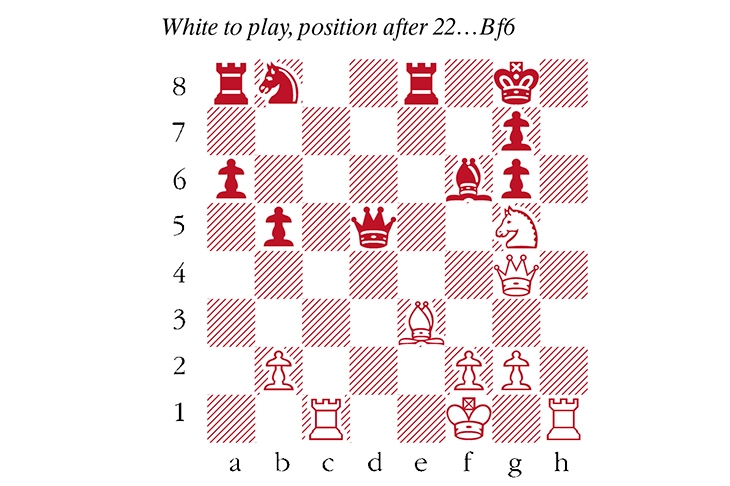There is no sight so compelling as one that would be hidden. I am fascinated by the Streisand effect, named after Barbra Streisand, whose Malibu house appears in a large online collection of aerial photographs documenting the California coastline. In 2003, she filed a lawsuit to have it removed, which as well as being unsuccessful drew much more publicity to the photo.
You can count on that appetite for mischief: Goya’s ‘Portrait of the Duke of Wellington’ was more in the public eye after it was stolen from the National Gallery in 1961 than before. (Wittily, the painting ‘appeared’ the following year in the hideout of Bond villain Dr No; the real thing was returned in 1965).
In chess, there has often been great excitement or controversy that has had little or nothing to do with the actual play. In 1972, Bobby Fischer forfeited his second match game against Boris Spassky after a dispute about television cameras in the playing hall. In 2006, Vladimir Kramnik forfeited the fifth game against Veselin Topalov over disputed toilet arrangements and allegations of outside assistance. (Kramnik prevailed in the match despite the loss.)
In 2008 the Bulgarian grandmaster Ivan Cheparinov was disqualified after refusing to shake hands with Nigel Short; following an appeal, the game was played and won by Short. Another Anglo-Bulgarian incident occurred the following year: Aleksander Delchev played just one move for Bulgaria when his chirping mobile phone led to a win for his opponent, Stuart Conquest. This was memorable for me, as I faced Cheparinov on the adjacent board. (I won too, in case you’re wondering!)
Deliberately thrown games are rarer, but one such arose in 2017 when the women’s world champion Hou Yifan began her final game in Gibraltar with the conspicuously awful moves 1 g4 d5 2 f3 e5 3 d3 Qh4+ 4 Kd2 h5 5 h3 hxg4 and then resigned. In an event with more men than women, she was dismayed to be paired with seven women in ten rounds — an unlikely but not impossible occurrence. To her credit, she swiftly apologised for the ill-judged protest.
Magnus Carlsen made a recent contribution to the genre. Playing Black in his second match game with Ding Liren at the online Chessable Masters, the game began 1 c4 e6 2 g3 Qg5 3 Bg2 Qxd2+ 4 Qxd2 and Carlsen resigned. This was not an abdication, but a resolute gesture of chivalry, for in the previous game Ding’s internet connection had failed him in a position that was bound to be drawn a few moves later. By the rules of the contest, that meant a loss for Ding, so Carlsen fell on his sword to restore the match equilibrium. Carlsen won the match, but explained that his decision was based on his ‘immense respect for Ding as a chess player and as a human being’.
Here’s a missed opportunity from the semi-final of the same competition. We join the game after 22…Bf6. After some thought, White chose 23 Kg1 and went on to win the game. But there was a beautiful winning line available:
Ian Nepomniachtchi–Anish Giri
Chessable Masters, July 2020
23 Rh8+!! Kxh8 24 Qh3+ Kg8 25 Qh7+ Kf8 I am sure that ‘Nepo’, an exceptional tactician, saw this far instantly. But it looks like a dead end, as 26 Qh8+ is blocked by Qd5-g8, and 26 Bc5+ is blocked by Bf6-e7 or Re8-e7. In fact 26 Bc5+ does win! Then 26…Be7 26…Re7 27 Qh8+ Qg8 28 Bxe7+ Bxe7 29 Rc8+ wins. 27 Bxe7+! Kxe7 27…Rxe7 28 Qh8+ Qg8 29 Rc8+ 28 Qxg7+ Kd6 (28…Kd8 leads to the same.) 29 Qc7 mate!






Comments